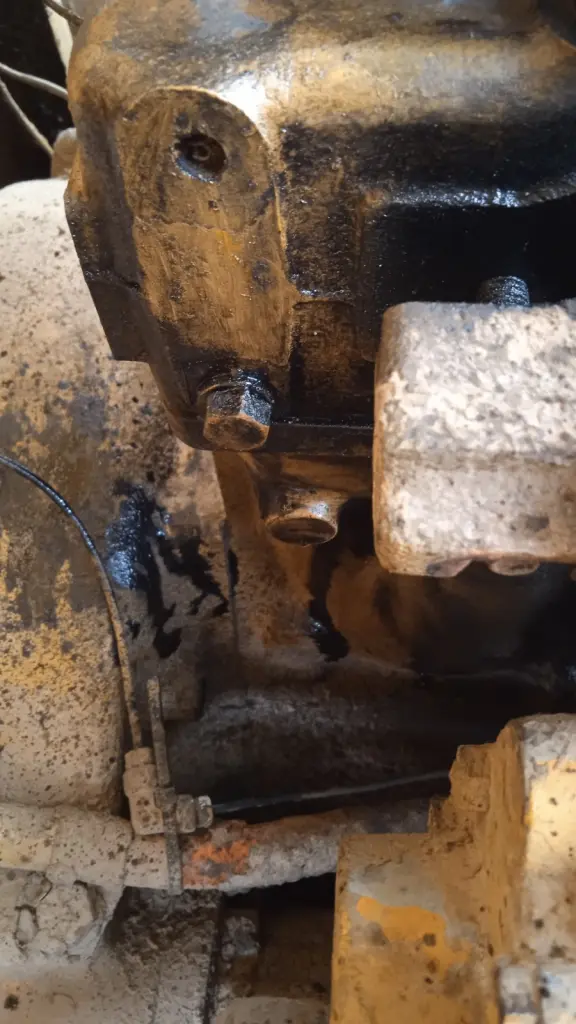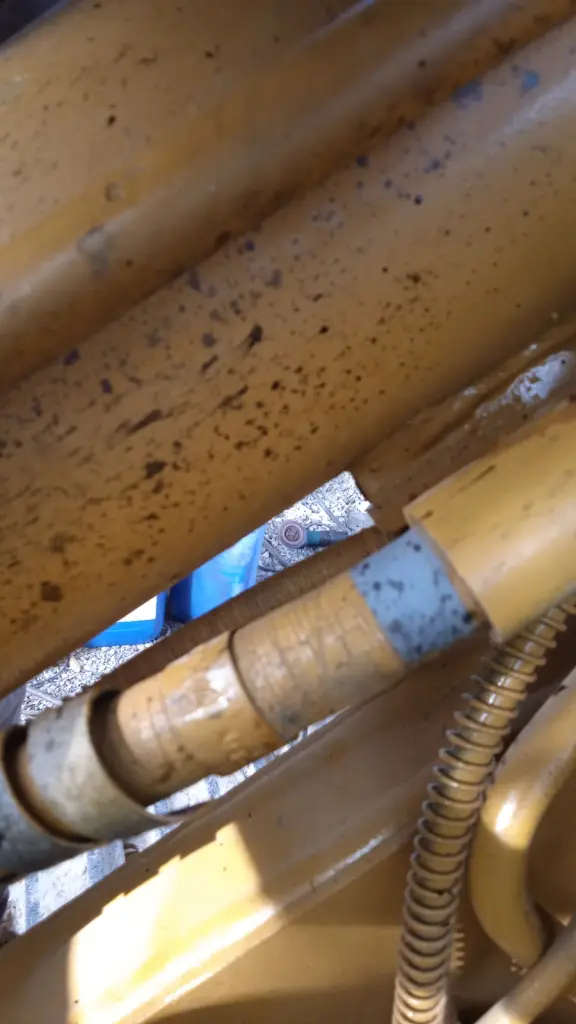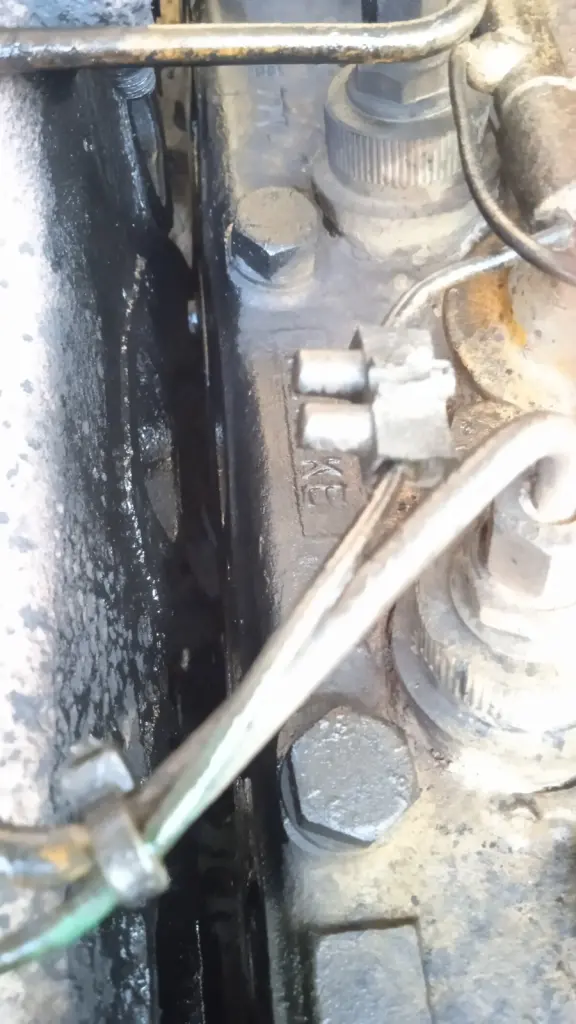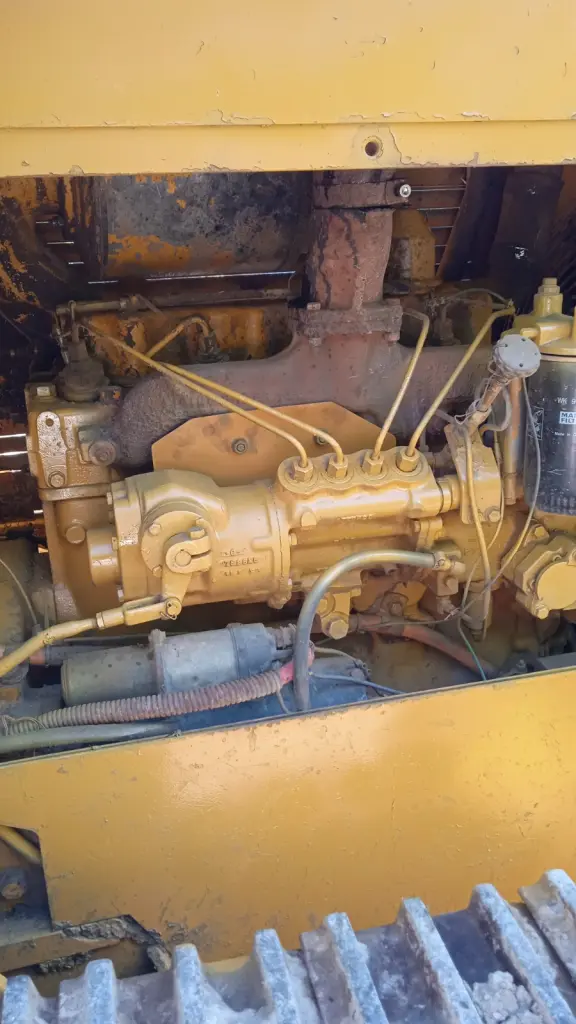






I am attaching images.
I ran the engine on max for 1 hour.
has dirtied everything ..
oil comes out of all cylinders.
all this oil possible?
all piston rings damaged?
possible valve guide?
I am desperate...
thank you all.[attachment=63958]IMG_20210707_190719.jpg[/attachment][attachment=63958]IMG_20210707_190719.jpg[/attachment] [attachment=63952]IMG_20210707_190820.jpg[/attachment][attachment=63953]IMG_20210707_190758_1.jpg[/attachment][attachment=63954]IMG_20210707_190808.jpg[/attachment][attachment=63955]IMG_20210707_190731.jpg[/attachment][attachment=63956]IMG_20210707_190741.jpg[/attachment][attachment=63957]IMG_20210707_190752.jpg[/attachment][attachment=63958]IMG_20210707_190719.jpg[/attachment]
I'd say she's do for an overhaul, had a D315 do that, needed rings and sleeves.
"i reject your reality and substitute my own" - adam savage. i suspect my final words maybe "well shit, that didnt work"
instead of perfection some times we just have to accept practicality
why it stops smoking is heat it is burning the oil. also the leak may slow as seals warm up and become more supple and oil rings expand etc.
the best fix is fully rebuild it half measures dont work too well and since you have to pull half of it apart to do a half job a full job isnt much more work it just costs more money.
side note if you do a full engine job you know the engine is right cuase you service the radiator too.
hello thanks for the information.
new air, diesel and fuel filters.
Valve clearance checked and in specification.
Half a millimeter is the play with the valves closed or slightly pressed by the rocker arm, moving them with your fingers forcefully they move sideways by about half a millimeter or a little more.
What comes out is fresh oil, because I replaced that too.
I don't understand why 10 days ago there was no smoke or anything else. Suddenly this problem.
can i somehow remove pistons and cylinders without removing the engine?
"i reject your reality and substitute my own" - adam savage. i suspect my final words maybe "well shit, that didnt work"
instead of perfection some times we just have to accept practicality
some machines you can do a in frame rebuild and you drain the fluids unbolt the sump, upper radiator piping, injector lines, heads and undo the pistons from underneath removing them from above. BUT be sure to check for ridges at top of cyl before attempting removal or damage to piston rings and the ring land can happen. slipper type crank bearings can also be done this way provided the crank doesnt need machining.
by play your referring to sideways movement of the rocker contact pad? the rockers and rocker shafts may be worn the only way to tell is to micrometer the bores and the shafts in the working area. i dont know what the tolerances are.
like ed the retired mechanic has suggested check those other simple things first. case in point we had a vehicle that wouldn't start one day turned out the air filter was in upside down. took the road side call out mechanic 2 minutes to diagnose and fix. we had just serviced it. and didnt think to check that. you ass-u-me you have done everything correctly and that others have too.
the fuel pump could still be leaking into the sump even with fresh oil.
worn valve guides or stem seals will allow excess oil down past the valve stem its important for a minute amount of oil to lube the guides but excess can cuase smoke.
buildup of oil and soot over years and then running after sitting for years can suddenly see problems with seals etc appear as they have hardened and no longer seal.
Hello
New symptoms more corrected.
The engine starts very well, holds idle and has excellent compression.
The problem of smoke and oil leaking from the exhaust occurs when the engine is hot and at medium and high rpm. It is not clear but after about 20 minutes when it is warmed up enough by some bursts, if I accelerate it still works well, but blue smoke and oil comes out.
In short, when cold as it seemed, it does not drool and does not smoke.
And when it is hot it behaves like this.
If they were the rings it would do it a lot more cold (I think).
Could it be the valve guides?
is it possible and from where does the ignition pump pass oil and from where?
What can I check without disassembling the whole crawler loader?
You mentioned there was no problem prior to changing the engine oil, just wonder if a problem with grade or type of oil?
Wombat

You mentioned there was no problem prior to changing the engine oil, just wonder if a problem with grade or type of oil?
Wombat